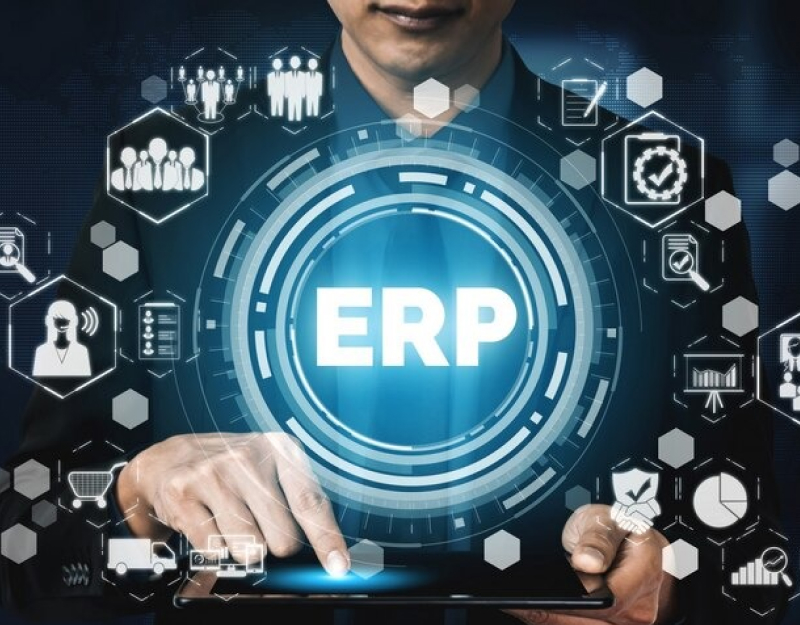
Boost your enterprise value chain
Our ERP system is designed entirely for the enterprise value chain. Changes in the market dynamics can be accommodated by their flexibility, modularity, and scalability. You will eventually require an ERP to support the expansion of your firm, regardless of whether you operate a d2C eCommerce site, retail locations, or a B2B trade operation. For a quick ERP implementation, our system offers exceptional features.





